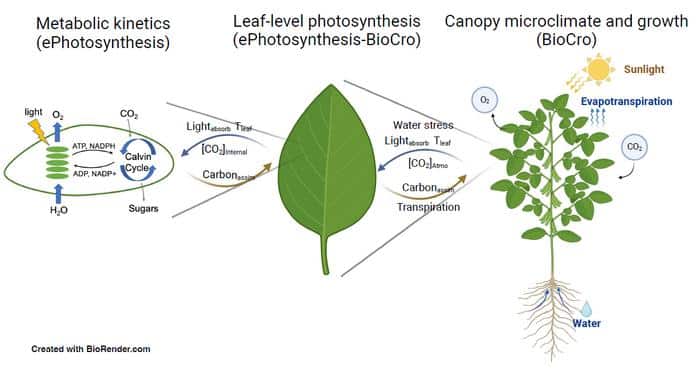Plants have evolved detoxification defence systems as protection against an array of environmental or pathogen-produced contaminants.
Compared with enzymes of primary metabolism, detoxification systems are more flexible and offer a potentially rich repertoire for agricultural and medical applications.
But examples of recruiting these systems for metabolic engineering of useful compounds are scarce.
In a new study, researchers used transcriptome analysis, virus-induced gene silencing and biochemical assays, to isolate genes encoding a detoxification enzyme found in cotton.
The enzyme named SPG has evolved to synthesise defence compounds in the cytosol, the liquid element of the plant cell.
This study shows that SPG can degrade the mycotoxin DON which is produced by the pathogenic fungus Fusarium graminearum.
The widespread contamination of wheat, corn and other cereals by DON has devastating effects on food safety worldwide. Enzymes that can degrade these mycotoxins are badly needed to deal with this problem.
The team behind the research proposes that detoxification enzymes are a valuable source of new catalytic functions and that SPG, a standalone enzyme catalysing complex reactions, has the potential for toxin degradation, crop engineering and design of novel aromatics.
This study was carried out by researchers from the Chinese Academy of Sciences, ShanghaiTech University with input from the John Innes Centre.
The article ‘Aromatization of natural products by a specialized detoxification enzyme’ appears in the journal Nature Chemical Biology.
Source: John Innes Centre












